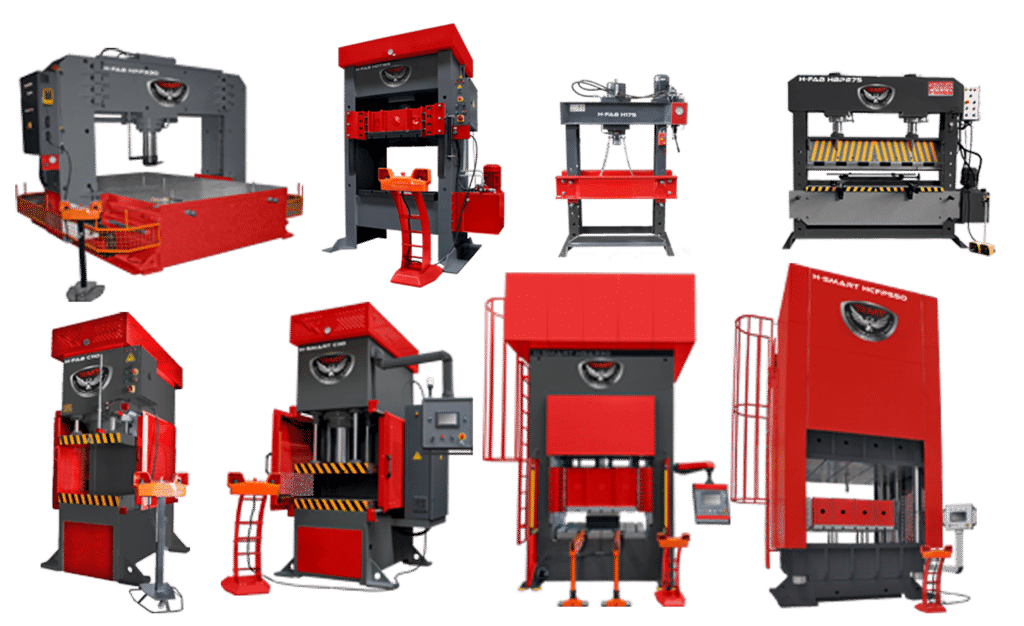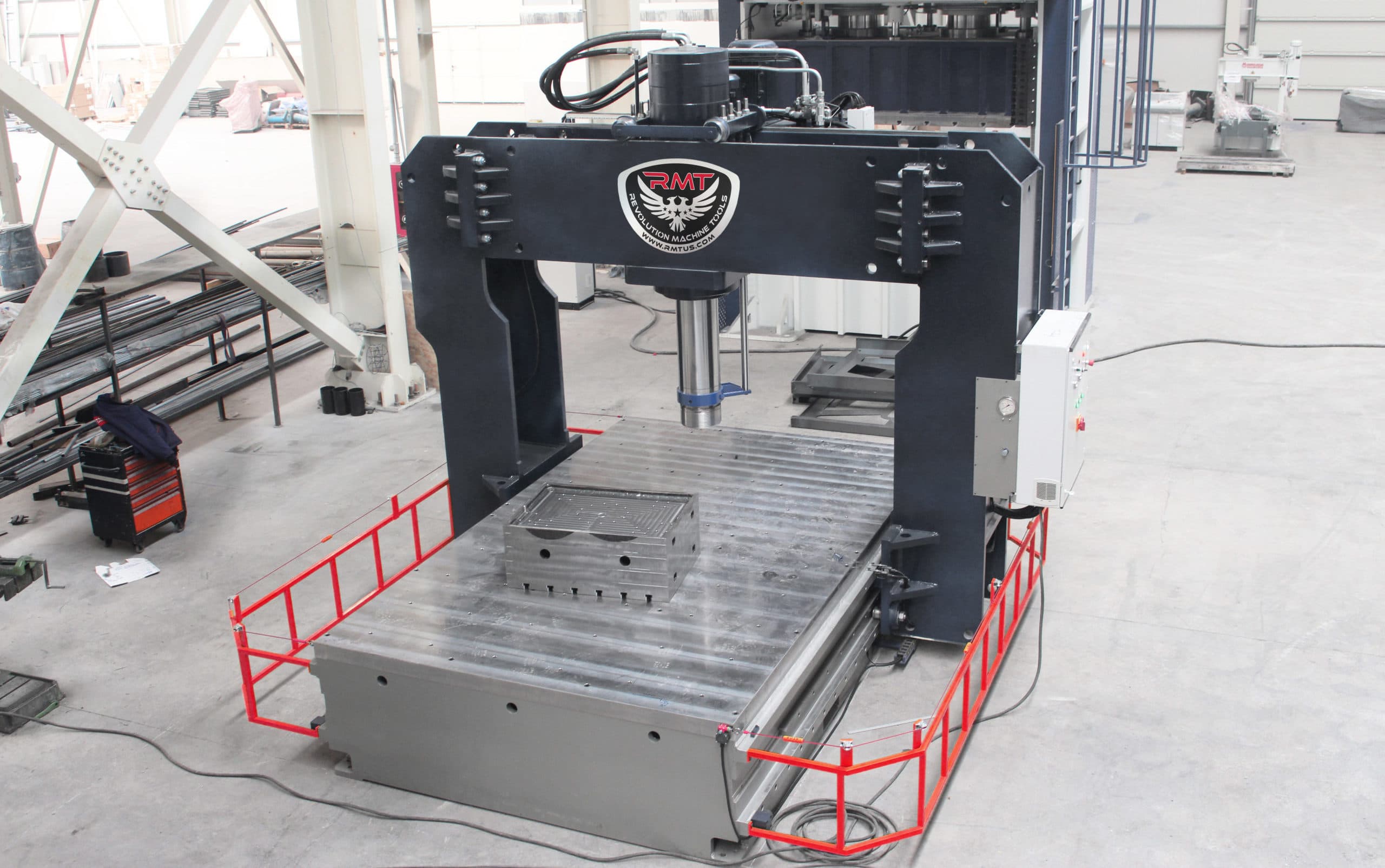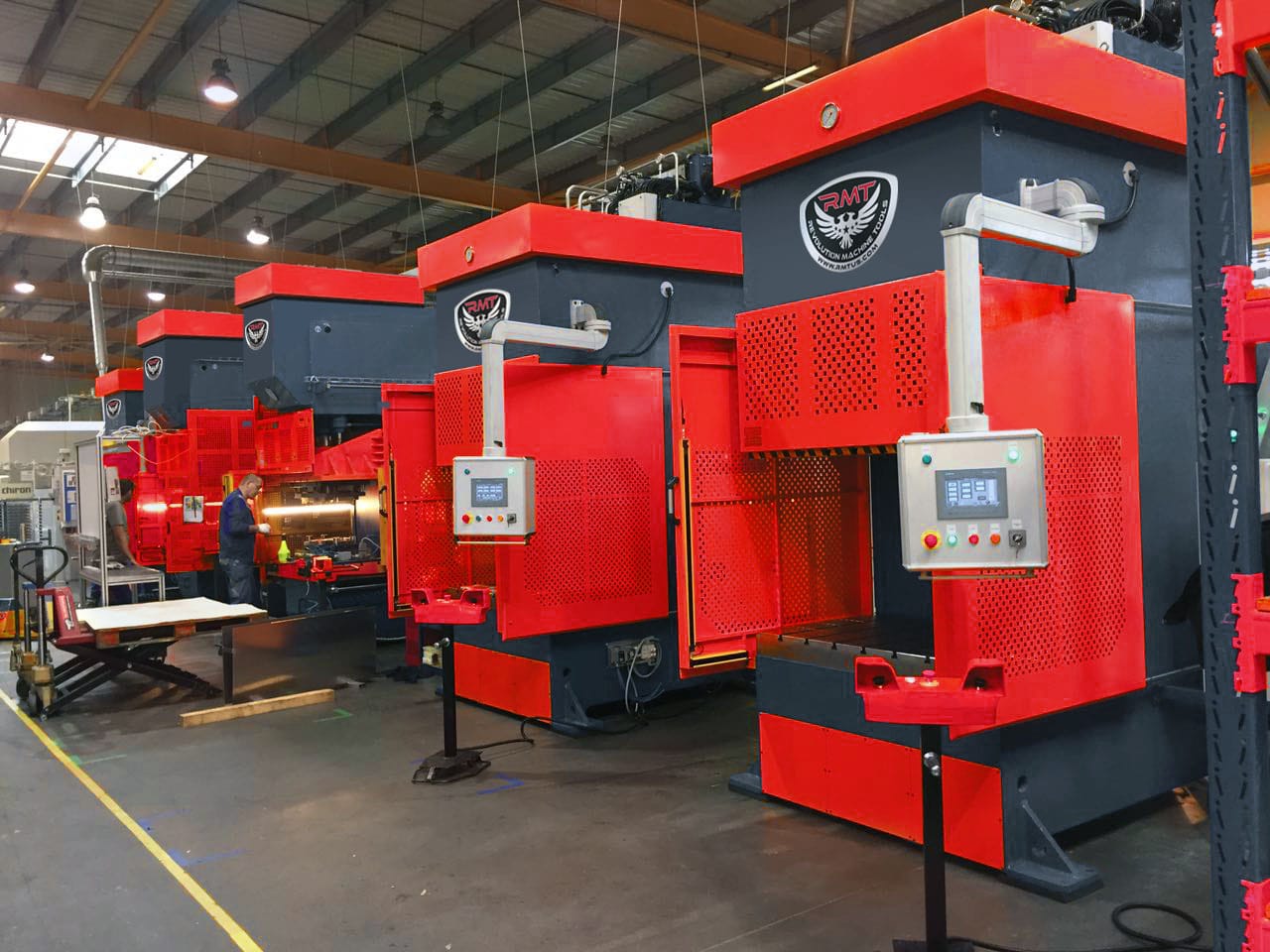Causing Depression for Thousands of Years
The concept of pressing goes back to prehistoric times when it was discovered that things could be crushed or flattened between two rocks. As time progressed, the use of two flat pieces of wood or metal to press an object between them became commonplace.
Instead of just relying on muscle strength or gravity (through the use of weights), more elaborate means of applying pressure via mechanical means were developed over the centuries. Two such methods involved levers (which intensified force applied to a platen) and screws (which could be used to cinch down a ram or plate).
The term “press” came into usage in Middle English nearly a thousand years ago, as derived from Latin and Old French nouns and verbs. From the idea of a “press of people” crowding together, to clothes presses, wine presses and cheese presses, the concept of pressing—and the related term “pressure”—have been used for a very long time to describe the application of force.
Men were pressed into military service (drafted), weights could be pressed in weightlifting, people suffering under mental pressure were described as being depressed, and once a machine used to press paper into inked type came into use in the 16th century, the term “the press” was destined to work its way into common usage to refer to journalism.
In the metalworking business, the use of different types of presses became almost synonymous with the industry itself, with presses turning up in a majority of shops performing different functions: forming presses, flattening presses, bending presses, blanking presses, coining presses, forging presses, cutting presses, piercing presses, deep drawing presses, etc.
What If We Powered It?
Presses became more and more complex over the centuries, with different methods being invented to channel human strength into amplified power applied within the device. The development of steam power was quickly appropriated as a means of delivering previously unheard of power to a press, the first such machine being the steam hammer. The concept of the steam hammer was thought up in the late 1700s, but a working model wasn’t built until more than half a century later.
With the development of the electric motor, it was only a matter of time until it was “pressed” into service to power fly wheel type presses, then later reduction gear machines. The innovation of the hydraulic press, however, had to wait until its inventor had first patented an improved design of another fluid-powered device—the toilet!
Born in 1748, Joseph Bramah was an inventor and locksmith who got his start installing “water closets,” as they were known, in London homes. The man he worked for determined that the use of a hinged flap could seal the bottom of the toilet bowl, making it work better in cold weather where the previous design tended to freeze. Bramah obtained the patent for the new design and began producing the new toilets, which became the standard model until the early 1800s.
After learning about the mechanisms of locks, Bramah patented a tamper-proof design of his own and started a lock company that is still in operation today. He used his genius to create and improve various machine tools, and eventually turned back to his hydraulic displacement roots to invent the hydraulic press (which today is still sometimes referred to as a “Bramah press”). He became one of the true pioneers of the science of hydraulic engineering.
A hydraulic press utilizes a pumped fluid such as oil under high pressure to actuate the up and down motion of the ram. While a mechanical press can deliver tremendous power at the bottom of the stroke, the constant, uniform pressure of a hydraulic press gives the operator more control over the stroke. A hydraulic press has the ability to cause the ram to approach the work piece—and return from it—at a high rate of speed, yet perform a slowed pressing action in between, reducing the risk of a damaged part. Hydraulic presses can also offer variable stroke lengths, something not regularly found on a traditional mechanical press.
Hydraulic Presses from RMT
Revolution Machine Tools has brought its years of perfecting fabrication tools of all types into the arena of presses, designing them for durability and building them from the highest quality components known in the industry.
RMT offers customers a larger than average range of hydraulic press technology, including:
- C-Frame Presses (available capacities up to 275 tons)
- Workshop Presses (available capacities up to 550 tons)
- Column Presses (available capacities up to 1100 tons)
- Portal Presses (available capacities up to 1100 tons)
- Forming Presses (available capacities up to 3300 tons)
- Deep Drawing Presses (available capacities up to 3300 tons)
- Hot Plated Presses (available capacities up to 3300 tons)

Additional custom styles, models and capacities are available for special order.
Regardless of your most exacting hydraulic press needs, Revolution Machine Tools can provide the perfect solution to keep your operation profitable in the coming days, months and years.







